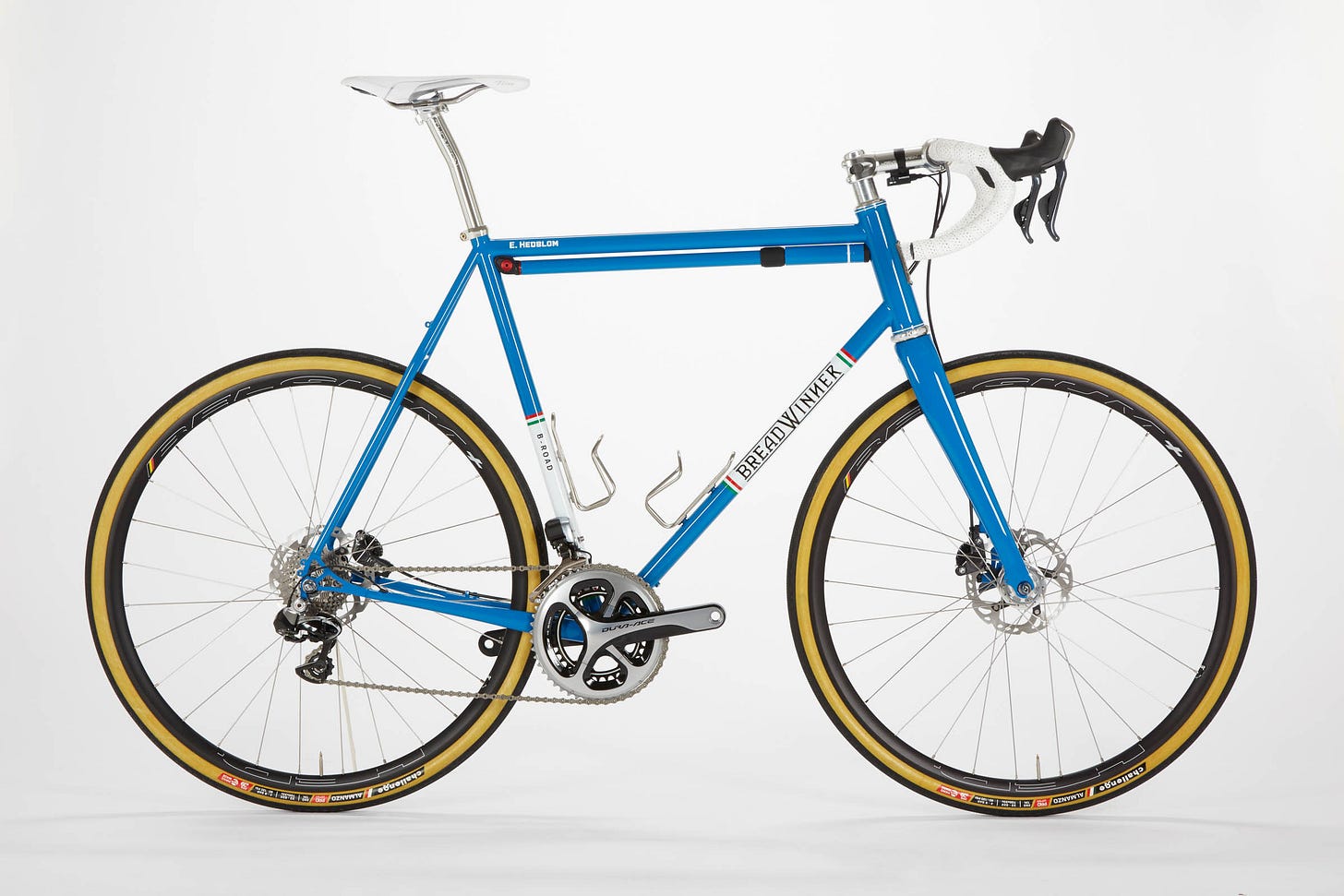Ricardo in Reverse
Monday 14 April 2025
The Trump administration’s wildly incompetent pursuit of a tariff regime has damaged the country’s global standing, and has now salted the fields of the American business landscape. The belief that companies in the aftermath of this fiasco would want to open new productive capacity in the US is absurd—to the point of tragedy. What CEO in their right mind would choose a domain that is now laced every which way, with tariffs? Manufacturers everywhere, including in the US, typically import myriad inputs to create finished products for export. If you choose the US to build things now, you must face a wall of concertina-wire that didn’t exist 100 days ago. And who wants that? Nobody.
The collective actions of the administration—from the Council of Economic Advisors to the President, from the Republican Congress to the comically inept figures of Lutnick, Navarro, and Greer—reveals they have no understanding of the well established dynamics of trade that were advanced by the British economist David Ricardo, over 200 years ago. The President’s obsession in particular not just with tariffs, but with eliminating trade deficits, poignantly also recalls the mercantilist era, dominant when Ricardo first launched his ideas. Thus, after having lived in Ricardo’s world for a couple of centuries, the crackpots and ideologues of Team Trump have attempted to put Ricardo in reverse. But it cannot work, will not work. Markets, historians, economists, trade experts, corporations, and other countries all have the same answer to this doomed attempt to flout the laws of trade: two thumbs down.
Many people understand Ricardo’s theory of comparative advantage, but generally speaking they only understand Part I, of the idea. Part II is where all the juicy dynamism is stored however, so let’s go through both. We will use the example of bike frames and bike components, with respect to the United States and Japan. (Ricardo used the example of wine and cloth, with respect to Britain and Portugal). So let’s say that the US is particularly good at making bike frames, and Japan is particularly good at making the key components, like the drivetrain, the brakes, and the shifting system. As it happens, there is a good deal of truth presently in this example. While the US does make some components (SRAM, for example) it is still the case that Shimano componentry dominates the market from the lower to the higher price range. A performance cyclist will likely choose Shimano’s Ultegra Group at minimum, or its top of the line group, Dura-Ace. At the mass market end of the bike market meanwhile, the global bike industry still chooses Shimano groupsets because not only are they cost effective, but Shimano has a company philosophy that continually shares the innovation that occurs at the high priced end of the line-up with the lower end. They call this trickle-down technology, and it means that your 14 year old child can get a good frame and an affordable Shimano drivetrain that—even at the low end—is full of the best engineering.
While bike frames meanwhile are produced everywhere, the US has in the past two decades become a prestigious maker of custom steel frames. It’s not clear exactly how this happened. The US has alot of cheap real estate that sits outside of its popular, coastal cities, and these areas have blossomed with frame-building. The US also has very affordable electricity in the commercial sector, and a pretty good tax and regulatory regime for small business. And finally, it seems like a lot of young people in the US have decided to get into frame-building: it offers creativity, independence, and a way of owning your own business. Cycling has also taken off, culturally, as a very popular sport across all ages, especially for persons who are aging, looking for low impact ways to stay fit. So you will not be surprised to learn that in the US, in Europe, in Australasia, and also in Japan, it is increasingly common to see high end bike frames made in the US, paired with Japanese components. Here is a great example: Breadwinner Bikes here in Portland makes custom steel frames, and here is their B-Road, paired with Shimano Dura-Ace:
Now, most people think of Ricardo’s theory of comparative advantage as a simple observation that “Japan makes great components, and the US makes great frames. Therefore they should trade freely with each other, so the market has the best of both worlds, and each bike is the combination of what each nation does best.” True. But that is only Part I of Ricardo’s insight. Before we get on to Part II, pause to imagine how Ricardo’s idea would have been received at the time. In his era, the dominant mode of thinking was mercantilism: the imperative to run trade surpluses and use the proceeds to accumulate gold. The notion, in that era, that you would let Japanese component makers into your bike market would have been rejected out of hand. What about the American component makers? they would shout. And over in Japan, that same view would obtain: let American bike frames into our market? What about our framebuilders?
Keep reading with a 7-day free trial
Subscribe to Cold Eye Earth to keep reading this post and get 7 days of free access to the full post archives.



